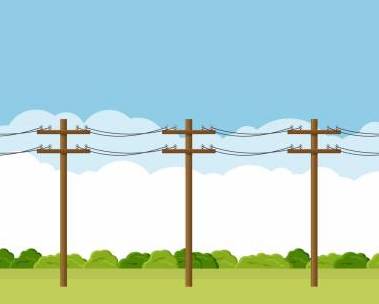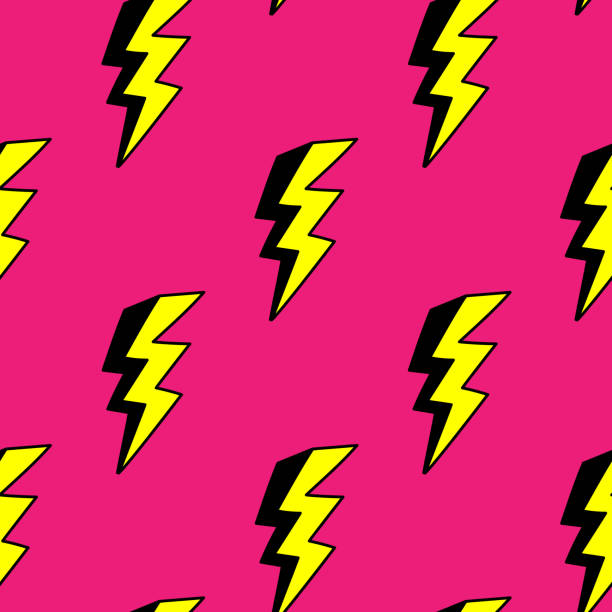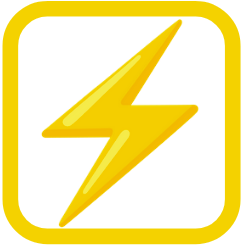1 July 2025 | 2 minute read
What is electricity?
Electricity is the flow of tiny particles called electrons, which move through a material (like copper wire) to create energy we can use. This energy powers almost everything in our modern lives—from lighting and heating to appliances, phones, and electric vehicles. While we can’t see electricity itself, we can see and feel its effects every time we flick a switch or plug something in.

At its core
Electricity is a form of energy that comes from the movement of charged particles. These charges can be generated in different ways, including chemical reactions (like in a battery), friction (like static electricity), or most commonly, by spinning turbines in power stations. Turbines are often powered by wind, coal, gas, hydro, or solar energy, converting natural energy into usable electrical current.

The electriticy grid
Electricity travels through a vast network called the grid. This grid is made up of power stations, transmission lines, substations, and local powerlines that deliver energy safely to homes and businesses. In Australia, most of us are connected to the National Electricity Market (NEM), which coordinates supply and demand across different states. Some people also generate their own electricity through rooftop solar panels and batteries.

How to manage your electricity usage
Understanding what electricity is—and how it gets to you—can help you make smarter choices about your energy usage and your electricity plan. At Compare Electric, we believe that a little knowledge goes a long way. Whether you’re switching providers, going green, or just trying to save money, knowing how electricity works is a great first step.
